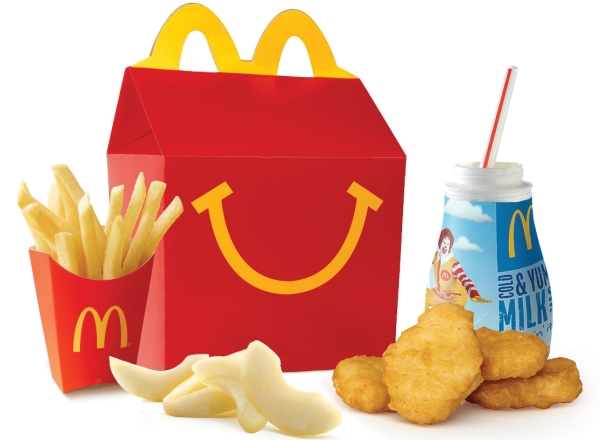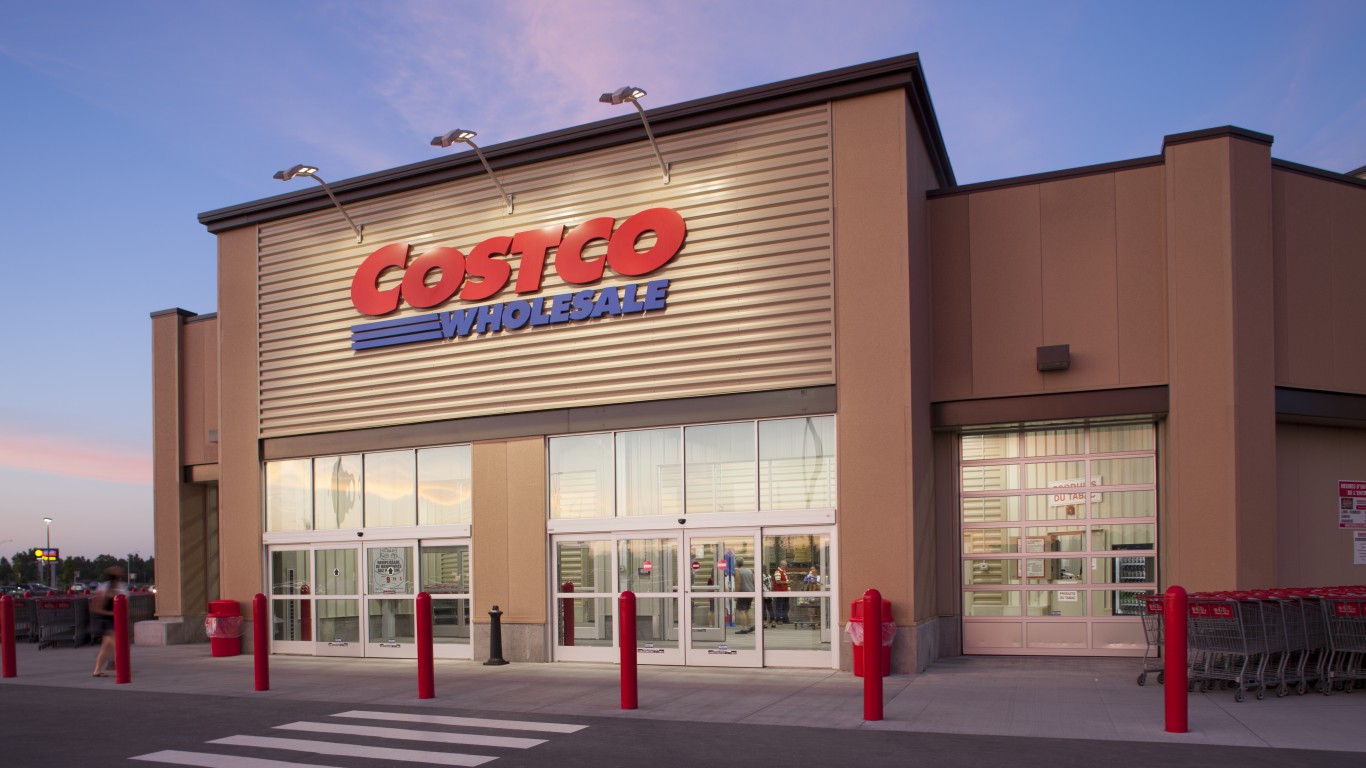
New CEO Steve Easterbrook Monday laid out the company’s “initial steps to reset and turn around our business” by “driving operational growth, returning excitement to our brand and unlocking financial value.” The first change Easterbrook discussed was a new organizational structure comprised of four new segments: United States, International Lead Markets, High-Growth Markets and Foundational Markets. The U.S. and international segments accounted for 40% each of McDonald’s 2014 operating income. The other two segments accounted for 10% each.
A more interesting part of the plan was the announcement that McDonald’s aims to enlarge its refranchising program to a total of 3,500 restaurants by the end of 2018. The prior plan called for 1,500 stores to be refranchised by 2016.
The goal here is to cut costs by an annual total of $300 million by 2017 as a result of the reorganizational restructure, refranchising and cost savings. Which leads to the big plan for shareholders: McDonald’s plans to return $8 to $9 billion to shareholders this year and “to reach the top end of its 3-year $18 to $20 billion cash return to shareholders target by the end of 2016.”
ALSO READ: The States With the Most McDonald’s
Once the refranchising is complete, about 90% of the company’s global 36,000 plus restaurants will be franchised. The company’s chief administrative officer said:
Our new, more heavily-franchised business model will generate more stable and predictable revenue and cash flow streams and will require a less resource-intensive support structure. Finally, we will continue to evaluate opportunities to further enhance value for all shareholders.
What is all this supposed to create? Here’s Easterbrook’s comment:
The immediate priority for our business is restoring growth under a new organizational structure and ownership mix designed to provide greater focus on the customer, improve our operating fundamentals and drive a recommitment to running great restaurants. As we turn around our business, we will look to create more excitement around the brand and ensure that we build on our rich heritage of positively impacting the communities we serve.
As outlined, the plan appears to shift the company’s labor issues to franchisees, who are already unhappy with the $10 an hour wage hike McDonald’s announced earlier this year for its company-owned stores. Implied in the reorganization is closer touch with customers and more autonomy, at least at the segment level, for menu choices. But excitement? That seems to have gone missing.
ALSO READ: 15 Companies Losing the Most Money
The big winners appear to be shareholders, but what will it take for McDonald’s to make good on a promise to return $20 billion to shareholders in 2016? The company’s balance sheet at the end of December lists $24.56 billion in property, plant and equipment. In its 10-K filing for 2014 the company said that 29,544 of its 36,258 restaurants are franchised. The remaining 6,714 presumable belong to the company. Refranchising more than half of those stores should raise some considerable cash that could be returned to shareholders. But like all things that cannot go on forever, huge shareholder returns may be tough to maintain absent some serious improvement in the underlying business.
After dropping by more than 1.4% at Monday’s opening bell, shares were later down fractionally at $97.25. The stock’s 52-week range is $87.62 to $103.78. The consensus price target on the stock is $100.65.
Travel Cards Are Getting Too Good To Ignore (sponsored)
Credit card companies are pulling out all the stops, with the issuers are offering insane travel rewards and perks.
We’re talking huge sign-up bonuses, points on every purchase, and benefits like lounge access, travel credits, and free hotel nights. For travelers, these rewards can add up to thousands of dollars in flights, upgrades, and luxury experiences every year.
It’s like getting paid to travel — and it’s available to qualified borrowers who know where to look.
We’ve rounded up some of the best travel credit cards on the market. Click here to see the list. Don’t miss these offers — they won’t be this good forever.
Thank you for reading! Have some feedback for us?
Contact the 24/7 Wall St. editorial team.


